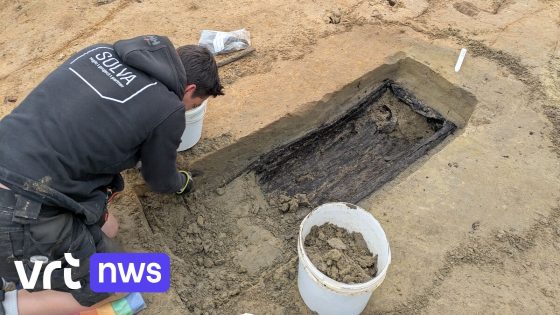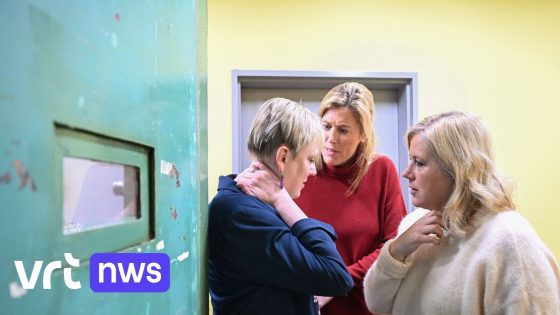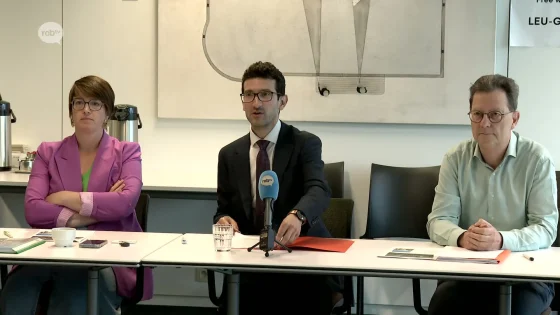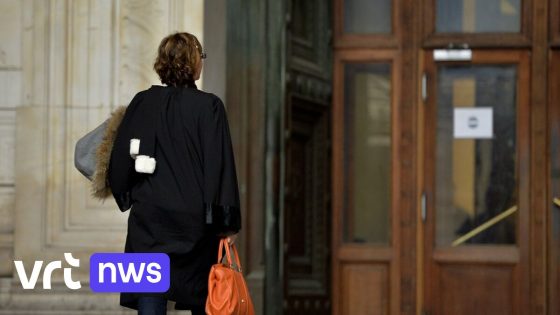On April 24, 2025, archaeologists in Belgium will reveal groundbreaking findings from osteological research. This study of bones not only determines the gender of the deceased but also assesses their health conditions. Wouter De Maeyer explains how broken bones, joint diseases, and even infections can leave traces on skeletons.
- Analyze bones to determine gender and health
- Identify fractures, diseases, and nutritional deficiencies
- Collect data for historical population insights
- Study skeletons from significant historical periods
- Understand individual health impacts on communities
What Insights Can Osteological Research Provide About Historical Aalstenaars?
This research offers a unique glimpse into the lives of those buried in Aalst during pivotal times. By analyzing skeletal remains, scientists piece together individual health histories and societal Trends. Here are key insights:
- Gender determination
- Bones indicating past injuries or diseases
- Nutritional deficiencies reflected in skeletal structure
The ongoing osteological studies promise to deepen our understanding of Belgian history and its people. As we uncover more about our ancestors’ lives, we invite you to stay engaged with these fascinating discoveries that shape our cultural heritage.























